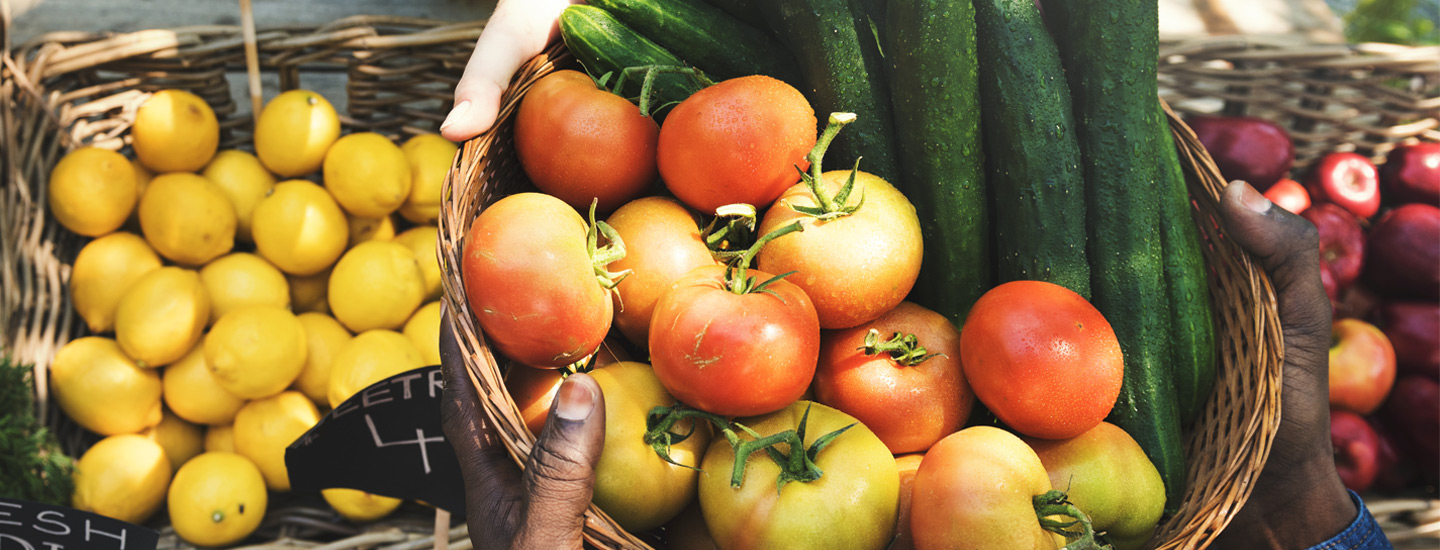By Sara Herschander
April 24, 2023
While inflation appears to be easing, many nonprofits across the country have yet to feel relief and are preparing for what appears to be a likely recession later this year.
“Not only did inflation hit the clients and the neighbors that we serve but it hit us, too,” says Robin Safley, executive director of Feeding Florida, a statewide network of food banks.
Food banks across the state — like charities across the country — are still seeing increased demand from families struggling to afford groceries and dealing with other financial woes, she says, and lingering supply-chain issues make it even harder for organizations like hers to get enough supplies to meet client needs.
Many food banks have been “eating up their reserves” to cope with increased demand, says Safley, who recently asked the Florida state government to more than double its funding for a program that helps food banks work with local agricultural producers to supply charities with fresh fruits and vegetables.
“Costs are so high just to make ends meet,” she says of the increased demand. “We’re still seeing a lot of people that we don’t typically see when times are normal.”
Here’s a closer look at some of the economic data experts say nonprofit leaders should be watching.
----------------------------------------------
Inflation
Though the rate of price increases remains well above historical norms, inflation continued to show signs of easing last month, registering a 4.9 percent annual growth rate in March, its lowest rate of increase in nearly two years.
Before the pandemic, Feeding Florida’s food banks relied largely on donations of surplus inventory from corporations like Walmart to sustain their operations. As corporations have become more efficient at reducing their surpluses, that’s put an additional strain on food banks, which have to make up for lost donations by purchasing more food on the open market at an inflated price, says Safley.
That’s made it even harder for food banks to keep up with increased demand.
“Before Covid, only around 3 percent of their budget was used to purchase food,” she says. “Now, up to 10 or 12 percent of their budget is for purchasing food, which is not sustainable.”
----------------------------------------------
Consumer Confidence
Consumer confidence inched higher by 2.4 percent in April as measured by the University of Michigan Index of Consumer Sentiment. It showed a slight recovery of consumers’ faith in the economy after a sharp drop of 5.4 percent the previous month, prompted in part by fears that Silicon Valley Bank’s failure would ripple into the broader economy.
Consumers’ mood swings can be difficult for both nonprofits and donors to navigate, says Hannah Martin, policy analyst at the Urban Institute’s Center on Nonprofits and Philanthropy. Economic uncertainty often suppresses donations, says Martin, who noted that 37 percent of nonprofits reported decreases in donation revenue in the immediate aftermath of the Covid-19 pandemic in 2020.
And there’s already evidence that the same worrisome signs are causing declines in giving: A study released last week about the last quarter of 2022 found a 2 percent decline in donations.
Nonprofits that rely most heavily on contributions from individuals were hit the hardest during the early days of the pandemic and, likewise, are now at the biggest risk of a slump in revenue, says Martin, who added that arts nonprofits were also particularly vulnerable to reductions in giving, as everyday donors prioritized causes related to people’s basic needs, like health and hunger. The relatively high inflation rate and the prospect of reduced donations “just puts more of a strain on nonprofits,” she says
“It makes it harder for them when they’re already so strapped for cash,” says Martin
----------------------------------------------
Unemployment
While the national unemployment rate remains extremely low, registering at 3.5 percent in March, other signs point to a cooling labor market in the coming months. Employers added 236,000 jobs that month, down from a peak monthly average of 500,000 last year, and the number of people filing for unemployment in March rose to its highest level since late 2021.
That comes as the Federal Reserve made its clearest forecast yet that signs indicate the U.S. economy will probably tilt into a mild recession by the end of the year, spurred by the banking crisis and the Fed’s efforts to curb inflation by raising the cost of borrowing.
Since last year, many nonprofits have struggled to fill job vacancies in a strong labor market, including at food banks, says Safley, who noted that many employers in her network provided cost-of-living increases but are still struggling to attract and retain workers.
----------------------------------------------
Stock Market
The stock market has continued to bounce up and down over the past month as investors have bounced between worry about the prospect of a mild recession and optimism based on the economy’s resilience in the face of high interest rates. One benchmark equities index, the S&P 500, closed March up 3.5 percent from the month before.
As donors and grant makers attempt to plan for the future, it’s important that they continue to focus on their goals for giving, says Martin.
“They should be thinking about where their donations can do the most good,” she says. “Even though the economy is uncertain, it’s really important that they continue to step up and support nonprofits.”
Originally published April 24, 2023 in The Chronicle of Philanthropy

